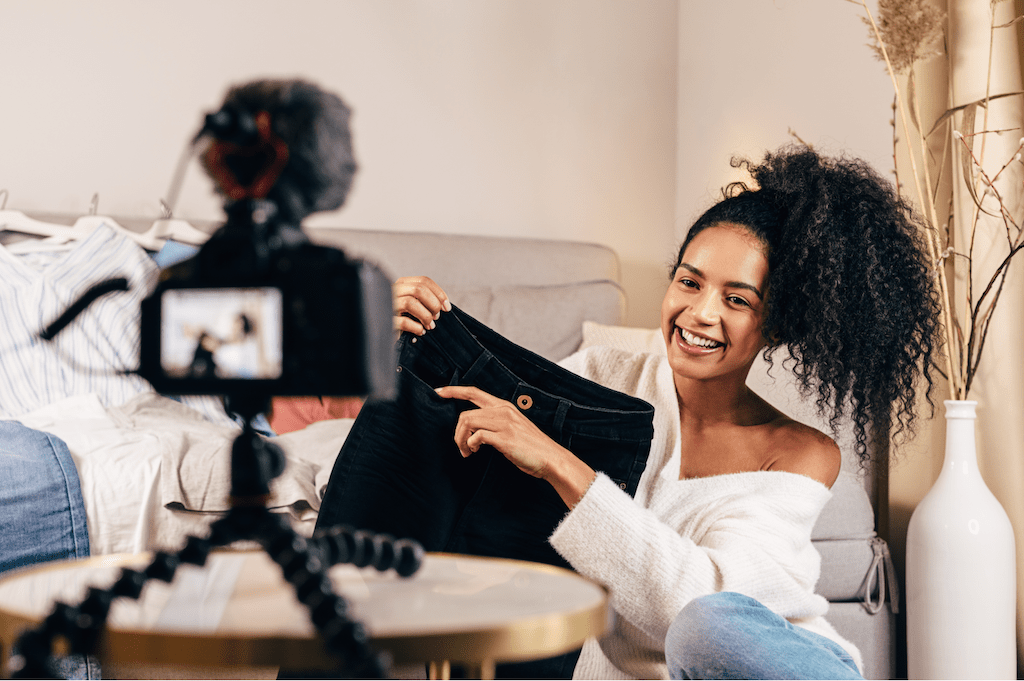
Ideal if you’re looking to make a little money on the side.
You don’t have to be a gymnast to flip! Indeed, whether you’re looking for a new hobby, a deep dive into history, or you’re seeking a new side hustle to earn a little extra cash, flipping items can be a fascinating, sometimes financially lucrative, endeavour.
If you’re unfamiliar with the term, ‘flipping’ is all about finding an undervalued item, perhaps in a flea market or carboot sale, and selling it on for a profit. If you’re keen to learn more, and perhaps earn some extra cash, here’s how to get started flipping items for profit.
LEARN WHAT WILL MAKE A PROFIT
To get started on flipping items for profit, you first need to find viable things to sell, and understood what items typically can be made profitable via the least intervention. Sure, some dusting, buffing or fixing is required, but if this effort exceeds the amount you’re going to make, then it’s probably not worth it.
Some of the most common ‘flipped’ items include books, bicycles, furniture, and electronics. You can also consider flipping power tools, video games, and consoles, as well as garden tools and equipment, and even watches, to name but a few potentially lucrative items.
According to Business Insider, seven things anyone can flip for a profit include…
- “Records and record players, because vinyl is back”
- “Wooden furniture, because anyone can make basic repairs”
- “Strollers, because kids grow out of them before they break down”
- “Rare and vintage clothing, because scarcity creates demand”
- “Websites, because the web isn’t getting any smaller”
- “Wine, if you’re ready to play the long game”
- “Electric scooters, dirt bikes, and other gear that’s collecting dust”
To deepen your understanding of what sells and what doesn’t, flipping is surprisingly well represented on the tele! The BBC, in particular, has loads of programs to get stuck into, which are not only enjoyable, but you might even learn a thing or two from them, too. These include Bargain Hunt, Flog It, Trust Me I’m a Dealer and Cash in the Attic.
WHERE TO FIND FLIPPABLE THINGS TO SELL
Now you know what you’re after, you need to actually unearth it. Fortunately, half of the fun is in the finding. Here’s how to start:
Declutter: Sometimes, the answers are found under your roof. Decluttering is a good way to start flipping items for profit because in doing so, may well find viable items that you can sell within your own home. In the attic, at the bottom of a wardrobe or stuffed under the bed…somewhere in your house there is an item ripe for reselling.
Visit Flea Markets & Antiques Fares To find things to sell, there is also the option for you to visit flea markets and garage sales, even thrift shops, to excavate some hidden gems. Make sure you take a discerning, clinical approach to your shopping search, or you might end up with a bootload of tat at the end of it.
Some of the best flea markets and antiques fairs in the country include Brighton (and also nearby Lewes) Flea Market, London’s Capital Carboot, The Great Wetherby Racecourse Antiques and Collectors Fair, and Battlesbridge Antiques Centre. But in all honesty, the less well known outlets are often the best for finding a real diamond in the rough. Every town has one!
Scout Free Items: Another way for you to find things that you can sell is to scout out free items that people are giving away. One of the ways to do this is to visit sites such as Craigslist, Gum Tree and even Facebook Marketplace, who all dedicate a section on their homepage to items that people are giving away just to get rid of them. Instead of being destined for the dump, intercept these items and flip!
Charity Shops: You’d be amazed at what gems you can find in the charity shop. Incredibly, a woman recently bought a vase for just £1 which turned out be the Qianlong Emperor’s vase sold for £484,000! Whilst this is, of course, an extreme example, there are so many great bargains to be found in charity shops if only you dig a little.
Interestingly, the location of your chosen charity shop plays a part in what lies within. There are so many charity shops out there brimming with designer clothes – if that’s your thing – particularly in affluent areas like Clapham Junction and Kensington High Street in London. When you have fickle citizens and rapidly changing styles, stuff gets thrown out with regularity, and charity shops reap the benefit. Go figure.
Vintage outlets: Also a treasure trove, selling carefully curated second-hand garments that don’t cost the earth, vintage outlets are a great place to look for a bargain which can be flipped. There are huge, multi-floored affairs in Brighton, Bristol, Leeds, Glasgow and beyond where you can unearth some incredible finds.
WORK OUT ITS VALUE
The flipping experts behind CheckAFlip suggest that you leverage online price checker tools to find the current value of the things you intend to sell from your hunt. In doing so, you will be able to put a more reasonable price on the items and not scare off any potential customers with implausible valuations.
As soon as you find an item that you can make a profit from, check its value on e-commerce platforms such as eBay or OfferUp, so you have a second (third and fourth) opinion on the value you should place on the piece.
The great thing about finding items to sell this way is that you don’t need to have any working capital to start your flipping business. All you need is a little bit of effort in searching for valuable items.
ORGANISE YOUR FINDS
As soon as you have a collection of items that you think you can sell, the next thing you need to do is organise your finds logically and prepare them for sale. This will ensure that the items are in their best condition, allowing you to list them at a more competitive price.
You’ll likely need to allocate a certain space in your house to store these items, cleanly and methodically. If they begin to gather dust and damage, well, there wasn’t much point in rescuing them in the first place.
TAKE DECENT PHOTOS
Trust is a rare commodity online, so it’s essential that you take flattering but honest photos of the items that you’re hoping to flip. As much as possible, capture different angles to give the buyer an idea of the actual appearance of the item. While you might feel tempted to photoshop the images to give them a little sparkle and sheen, most buyers prefer raw images. You could even take videos of the items and upload them, too.
LIST ITEMS ONLINE
There are several channels where you can upload photos of the items together with your listing. Some prefer leveraging e-commerce platforms where all communication with buyers is conducted online within the confines of the platform’s user agreement, while others opt for social media platforms because they have much greater reach and a more informal vibe.
Regardless of the channel or platform you decide to use for flipping your items, make sure that you are responsive, informative, friendly but professional with your buyers. Do so, and they will be more encouraged to provide positive feedback and references regarding your transaction; such feedback is vital if you’re to land on your feet and get some legs out of your flipping. Good luck!




